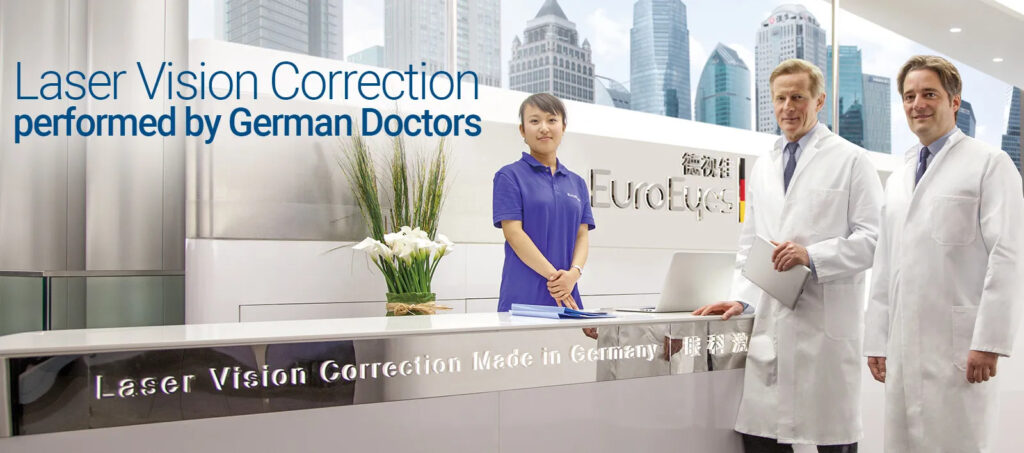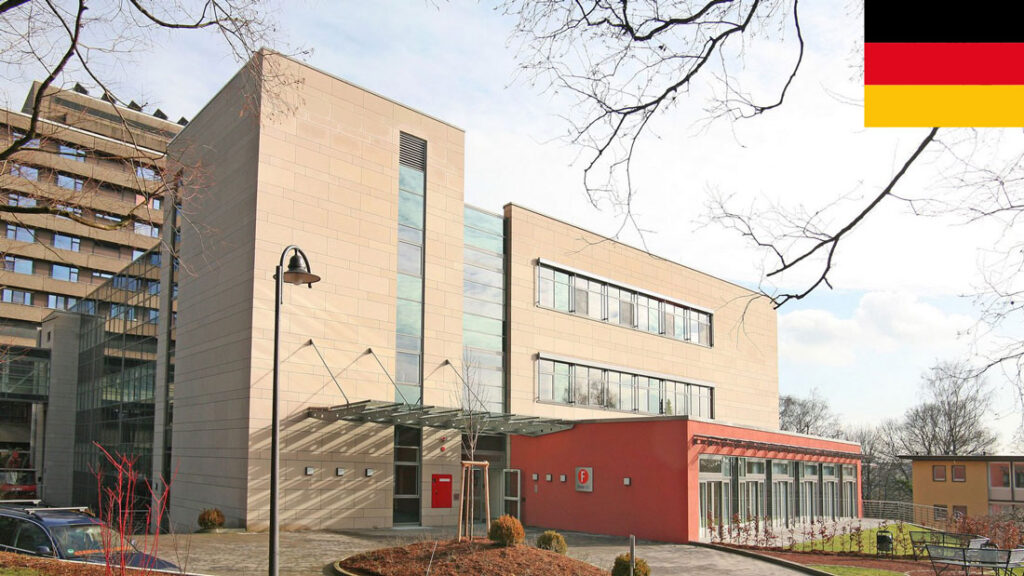Understanding Age-Related Glaucoma Progression: Key Insights
Glaucoma is a leading cause of irreversible blindness worldwide, particularly affecting older adults. As we age, the risk of developing glaucoma increases, making it crucial to understand how this condition progresses over time. Early detection and proper management can help preserve vision and improve quality of life. In this article, we’ll explore the key insights into age-related glaucoma progression, including risk factors, symptoms, and treatment options.
What Is Glaucoma?
Glaucoma is a group of eye conditions that damage the optic nerve, often due to elevated intraocular pressure (IOP). The optic nerve is responsible for transmitting visual information from the eye to the brain. When damaged, it can lead to permanent vision loss. The most common form, primary open-angle glaucoma (POAG), progresses slowly and often without noticeable symptoms until later stages.
Types of Glaucoma
- Primary Open-Angle Glaucoma (POAG): The most common type, characterized by gradual vision loss.
- Angle-Closure Glaucoma: A sudden increase in eye pressure, requiring immediate medical attention.
- Normal-Tension Glaucoma: Optic nerve damage occurs despite normal eye pressure.
- Secondary Glaucoma: Caused by other medical conditions or eye injuries.
How Age Affects Glaucoma Progression
Age is one of the most significant risk factors for glaucoma. Studies show that individuals over 60 years old are six times more likely to develop glaucoma compared to younger adults. Here’s how aging influences the disease:
Increased Intraocular Pressure (IOP)
As we age, the eye’s drainage system becomes less efficient, leading to a buildup of aqueous humor and increased IOP. Elevated pressure damages the optic nerve over time, accelerating glaucoma progression.
Reduced Blood Flow
Aging can lead to poor circulation, reducing blood flow to the optic nerve. This compromises the nerve’s ability to function and repair itself, worsening glaucoma symptoms.
Structural Changes in the Eye
The optic nerve and retina undergo natural degenerative changes with age, making them more susceptible to damage from glaucoma.
Recognizing the Symptoms of Age-Related Glaucoma
Early-stage glaucoma often has no noticeable symptoms, which is why it’s called the “silent thief of sight.” However, as the disease progresses, the following signs may appear:
- Gradual loss of peripheral vision: Often unnoticed until significant vision loss occurs.
- Tunnel vision: Advanced stages may result in only central vision remaining.
- Blurred vision: Especially in low-light conditions.
- Halos around lights: Common in angle-closure glaucoma.
- Eye pain or redness: A medical emergency if sudden and severe.
Risk Factors Beyond Age
While aging is a primary risk factor, other elements contribute to glaucoma progression:
- Family history: Genetics play a significant role in glaucoma susceptibility.
- Ethnicity: African, Hispanic, and Asian populations have higher risks.
- Medical conditions: Diabetes, hypertension, and heart disease increase risk.
- Long-term steroid use: Can elevate eye pressure.
- Eye injuries or surgeries: May lead to secondary glaucoma.
Diagnosing Glaucoma in Older Adults
Regular eye exams are essential for early detection, especially for those over 40. Diagnostic tests include:
- Tonometry: Measures intraocular pressure.
- Ophthalmoscopy: Examines the optic nerve for damage.
- Perimetry (Visual Field Test): Assesses peripheral vision loss.
- Optical Coherence Tomography (OCT): Provides detailed images of the optic nerve.
Treatment Options for Age-Related Glaucoma
While glaucoma has no cure, treatments can slow progression and preserve vision. Options include:
Medications
Eye drops or oral medications help reduce IOP by improving fluid drainage or decreasing fluid production.
Laser Therapy
Procedures like selective laser trabeculoplasty (SLT) enhance fluid drainage to lower eye pressure.
Surgical Interventions
- Trabeculectomy: Creates a new drainage channel.
- Minimally Invasive Glaucoma Surgery (MIGS): Less invasive options with faster recovery.
Preventing Glaucoma Progression
Proactive measures can help manage glaucoma and reduce vision loss:
- Regular eye exams: Annual check-ups for those over 40 or at high risk.
- Healthy lifestyle: Exercise and a balanced diet support eye health.
- Protect your eyes: Wear sunglasses and avoid eye injuries.
- Adhere to treatment: Follow prescribed medications strictly.
Conclusion
Age-related glaucoma progression is a serious concern, but early detection and proper management can make a significant difference. Understanding the risks, symptoms, and treatment options empowers individuals to take control of their eye health. If you or a loved one is at risk, schedule regular eye exams and consult an ophthalmologist for personalized care.



